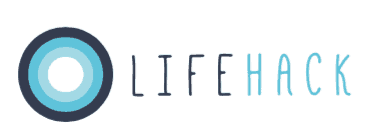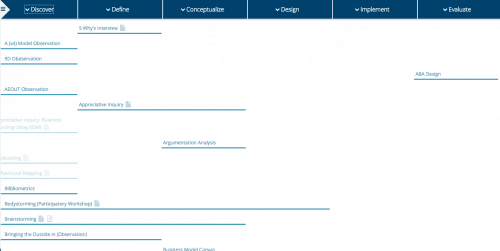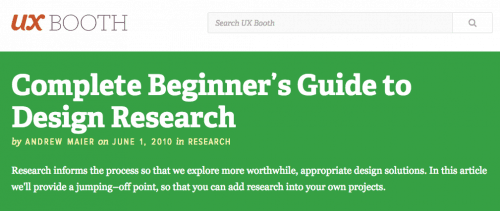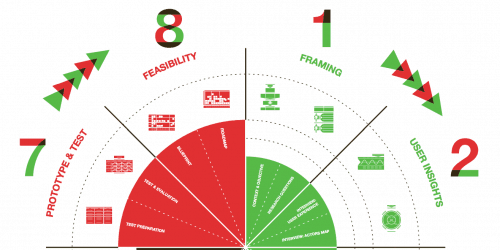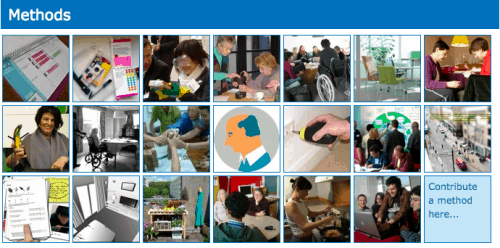Top 10 Design Research Resources
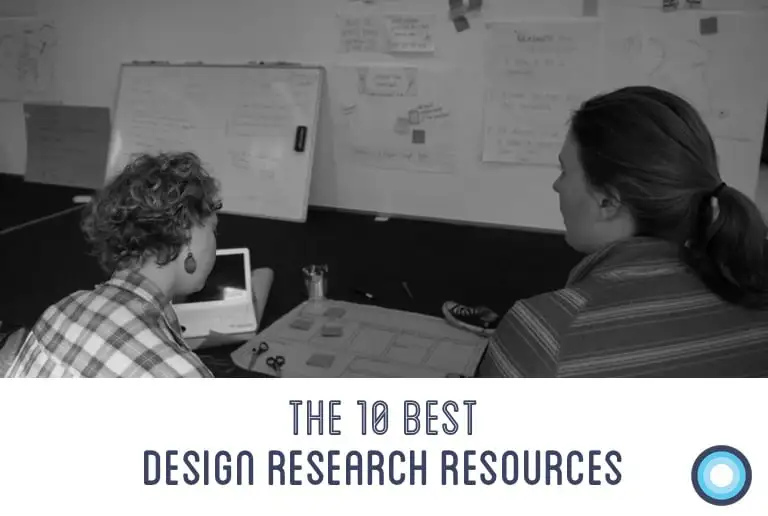
Increasingly Lifehack is supporting and empowering people around New Zealand to start well and build their capacity when it comes to designing, developing and improving youth wellbeing projects.
Often we get asked for resources, best practice guides and tools for the early days of projects – a phase we call “Discovery”. This is a phase where you’re really trying to define the problem you’re solving, who for and in what context. It’s characterised by gathering insights, observing, asking open questions and having conversations without a defined “solution” in mind – it’s not about ‘pitching an idea’. In short, it’s a phase of research.
We’re writing this as there’s a perception, especially in startup and entrepreneurial communities (which has been trickling into the social enterprise and innovation space as people mix around), that the best way of getting insight is to “get out of the building” to do interviews and surveys. Indeed it’s good to get out of the ivory tower, but we feel the startup movement has some catching up to do with the design industry which has been looking at this space for much longer. Interviews and Surveys are only two techniques in a much bigger suite of techniques and approaches to gain the much needed insight to design and invent for complex problems.
DEFINITION:
Design research describes any number of investigative techniques used to add context and insight to the design process.
We’ve created this list with a specific focus on designing for complex problems, rather than complicated ones, however we’re also working on our own best practice guide to designing for youth wellbeing which has it’s own specific challenges.
In the meantime, here’s our top 10 resources for Design Research:
1) Design Research Techniques
A simple visual guide to a range of techniques which you may want to further research, when they may be used and a little bit about them. They also have some great case studies with specific techniques for Discovery available here.
2) Open Book of Social Innovation – NESTA
This guide takes you through a social innovation centric view of design, with additional lenses to begin the search for a problem worth solving. It has a special chapter dedicated to research, and outlines an approach for the rest of the design process too.
3) Design Kit – IDEO
The now popularised IDEO framework of human centered design, like the offering above, gives an overview of the whole process, but includes a solid section focused on discovery through interactive techniques.
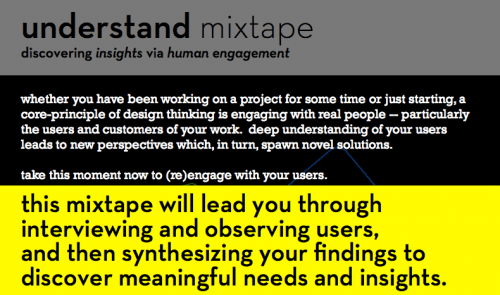
4) Understand Mixtape & More – d.School
d.School are based out of Stanford University and have rapidly become respected for their fun, interactive and visual design processes which they shared with the world. Whilst the site shares a variety of techniques, the Understand Mixtape has a specific focus on interviewing and observation.
5) Beginner’s Guide To Design Research – UX Booth
Even though it’s over 5 years old, this UX Booth blog post is an excellent introduction for people who want to get an overview of Design Research in the context of an interative design process, such as a website or app build. It also has a bonus ‘tools of the trade’ section at the bottom.
6) DIY Toolkit
This toolkit was put together by a range of organisations which wanted to pool their insights of using Design in the Development/Impact sector, and make them available to people working in that space who may not like the jargon of the design industry. They have some simple tools an techniques, with explainer videos and documentation.
7) The Service Design Toolkit
We love this well designed toolkit available for free download which walks through a whole process, but has some excellent tools for framing and gaining insights.

8) Cards For Public Health – MethodKit
Whilst we haven’t had a chance to use these cards, we thought that MethodKit should receive an honourable mention as they have a range of cards to spur thinking in the research phase, across a variety of projects (such as web design, human needs, startups and more). Catch is with this one – they’re not freely available to download… However on the plus side they have a great run down of other card decks here.
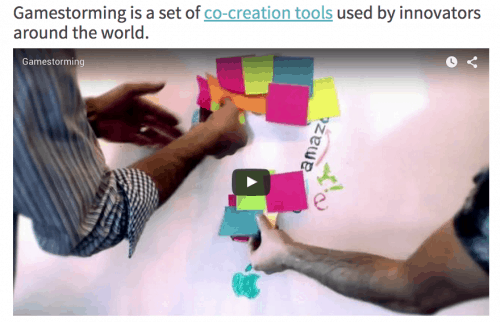
9) Gamestorming
Co-creation tools made fun – a wiki full of different interactive game processes you can run with people to gain insights. Can be hard to navigate at times, but some great content here!
10) Design With People – RCA
A simple guide to a range of activities which you could use for design research from the Royal College of Arts, with a helpful guide to help you understand a level of competency.
Tools of the Trade?
If you’re looking for physical or digital tools to help you undertake these activities, our next blog post will highlight Design Research Tools.
Footnote:
We’re disappointed that none of these resources were generated in Aotearoa New Zealand. We’re a country of innovators and inventors – but we don’t seem to be a country of sharers just yet.
Design (and especially Design Research) is a highly cultural activity, as it involves putting people at the centre of your insight gathering and ideation. At Lifehack we believe we need to be considering what does design of this place look like, then creating and sharing design processes based on those findings.
UPDATE
Our post spurred a flurry of people to get in touch to point us to some NZ resources – hurrah!
Here’s some to look into:
- NZ Government Web Toolkit
- Bowmast’s Design Approach
- User Experience & Design Research NZ
- Smallfire – Codesign
- Health Service Codesign Toolkit
Thanks to everyone who got in touch to help us add these 5 resources!
***
To delve deeper into this mahi we convened a range of bright minds who have been exploring the intersection of Te Ao Māori (the Māori world & world view) and Design – you can read the run down of our first hui here. We also contributed to the Design For Social Innovation Symposium in 2015.
If you’d like to be involved in future thinking and doing along this thread, please get in touch.
